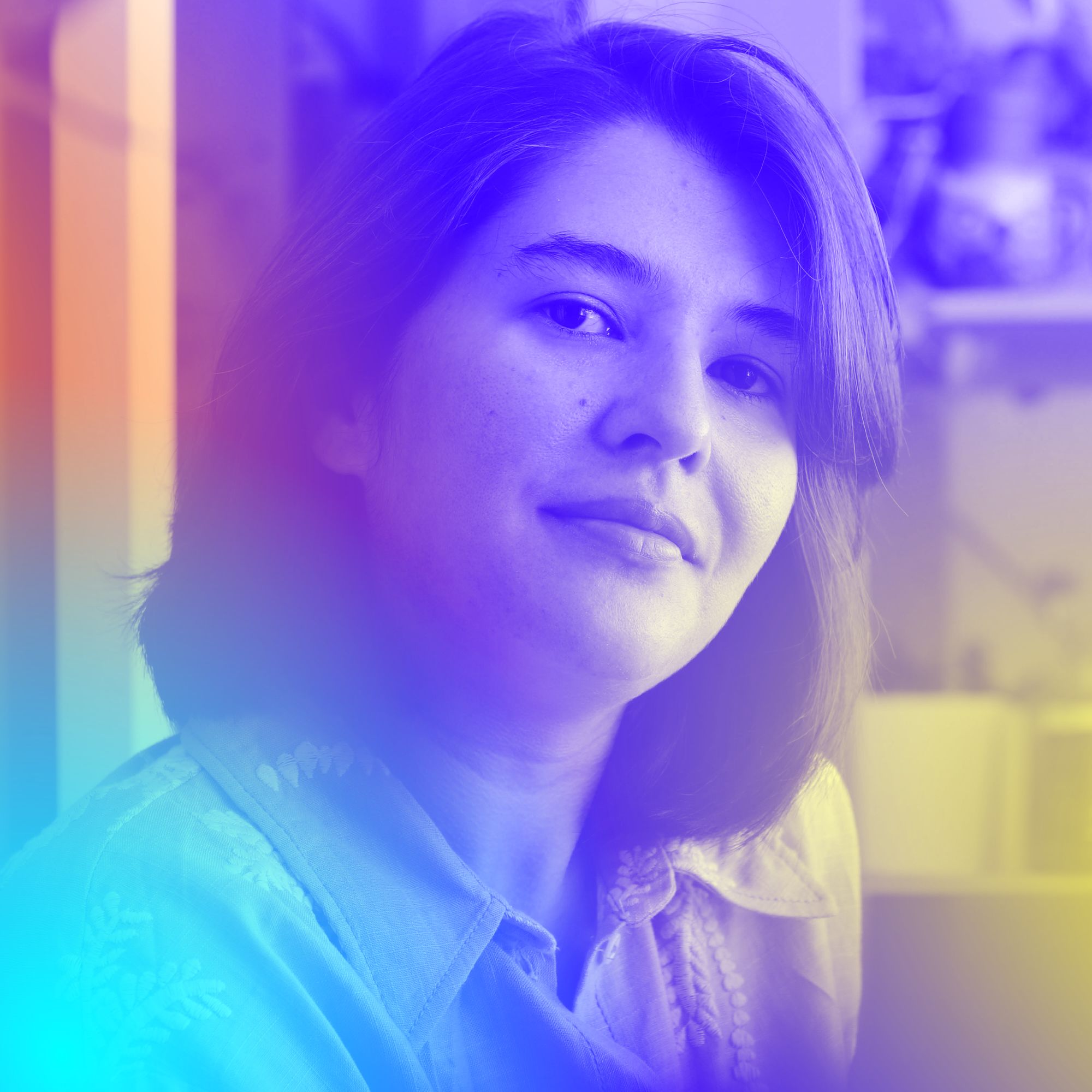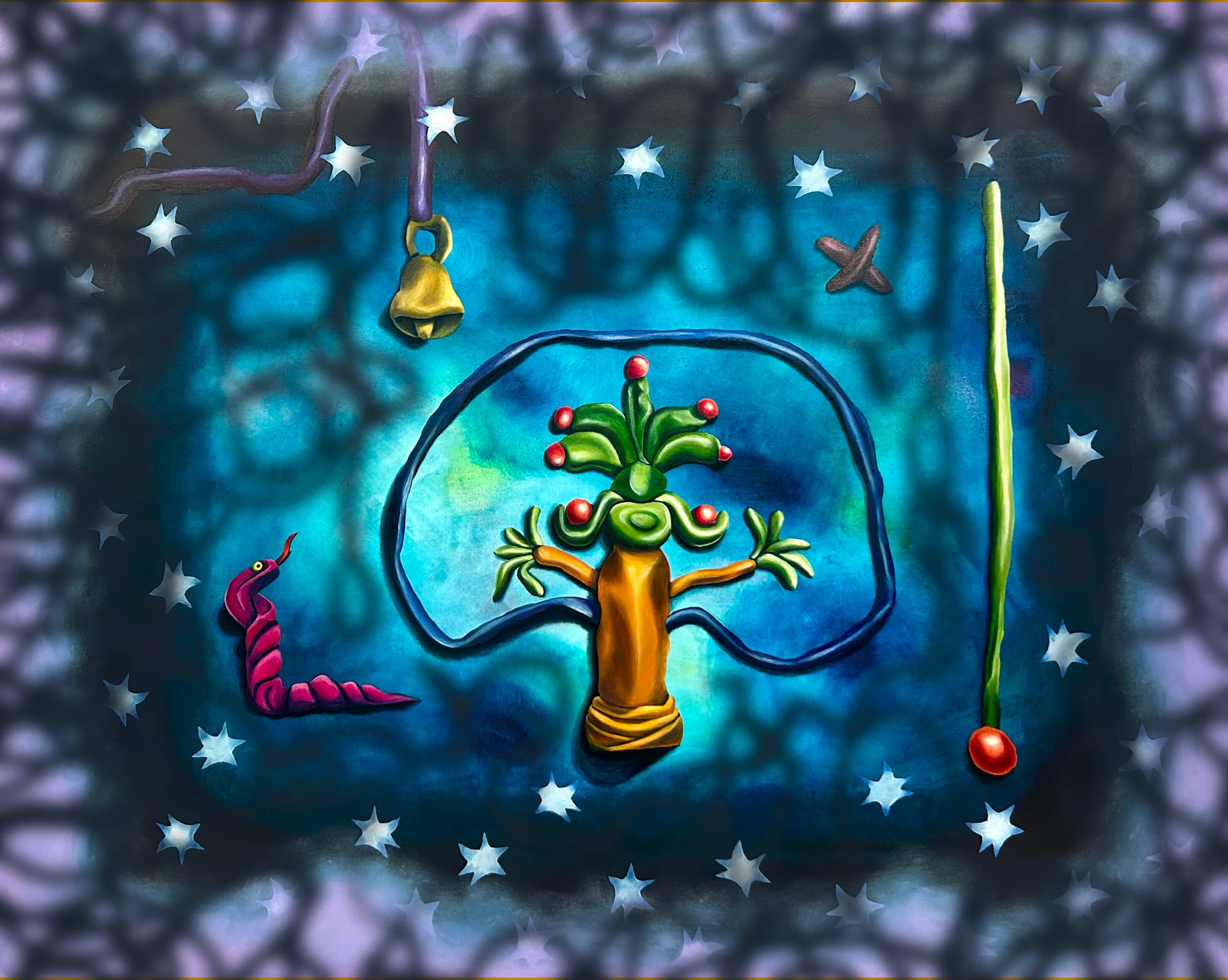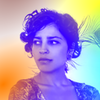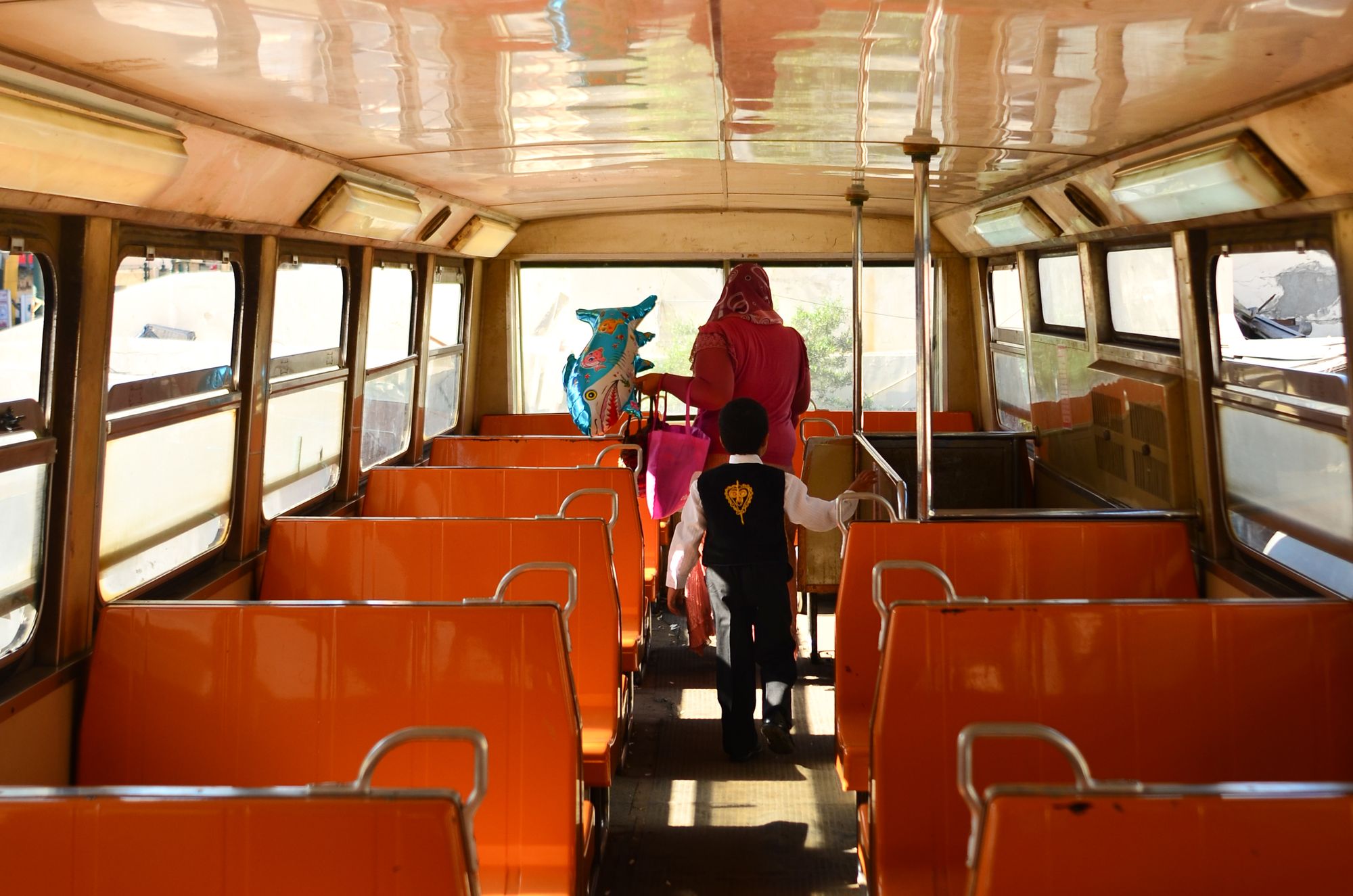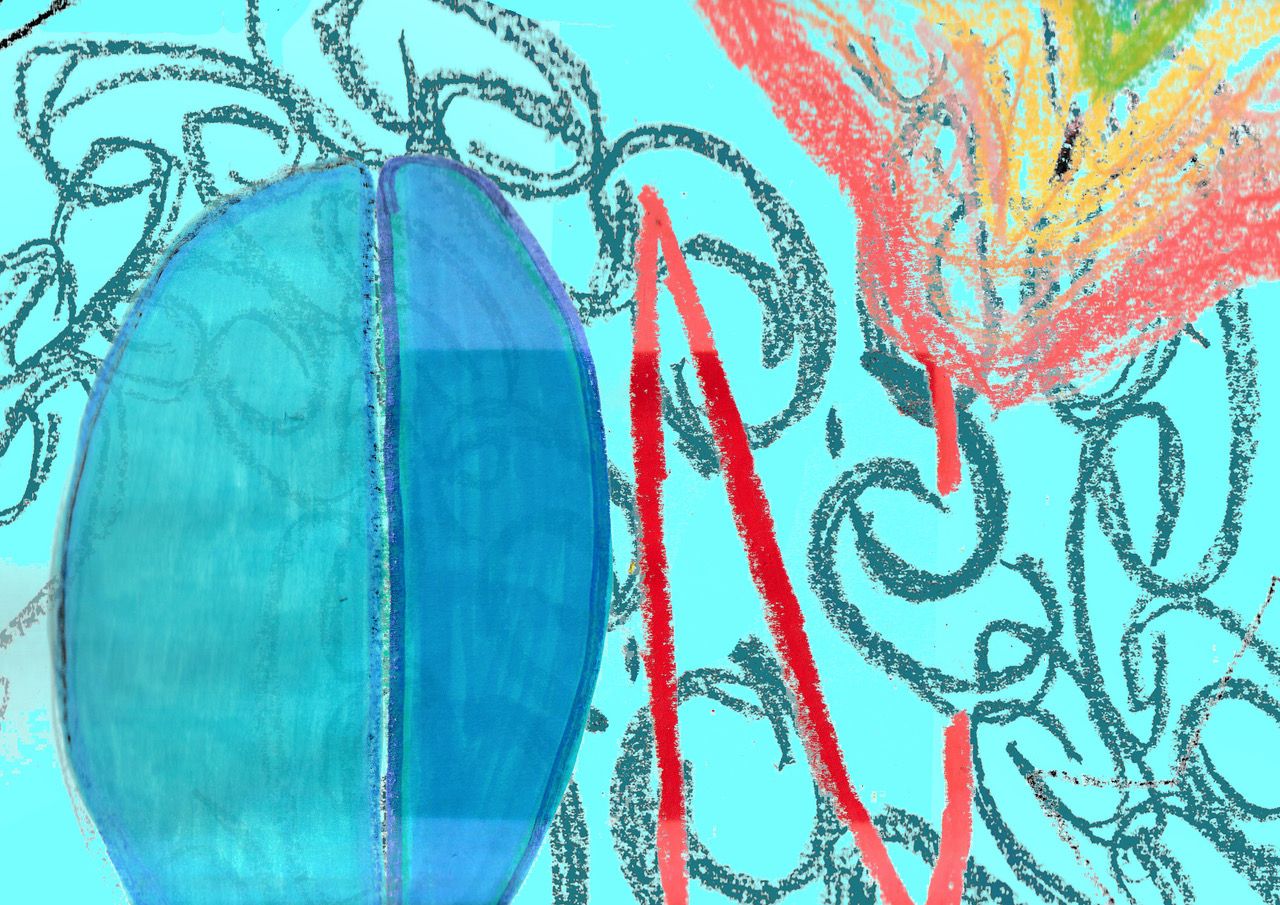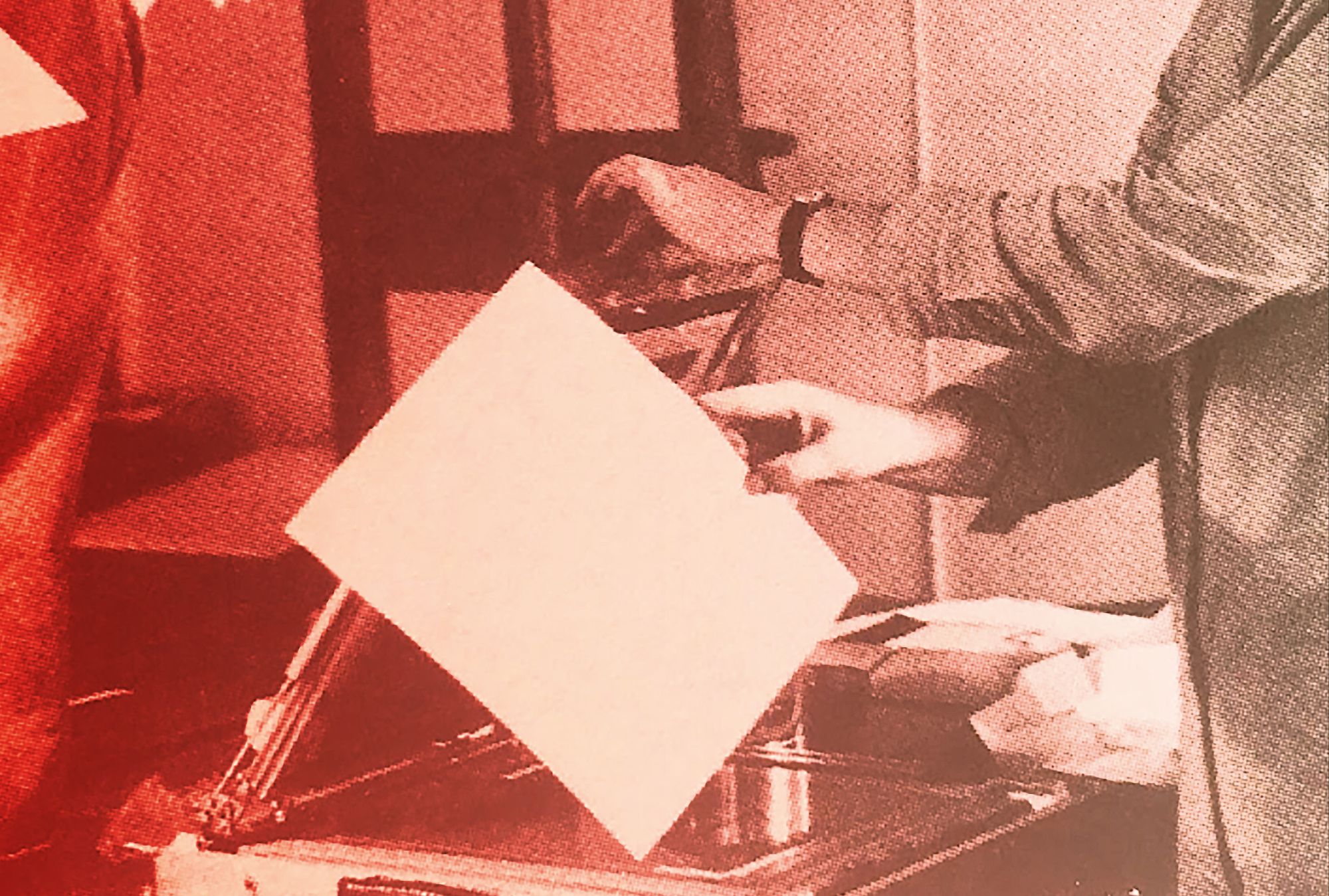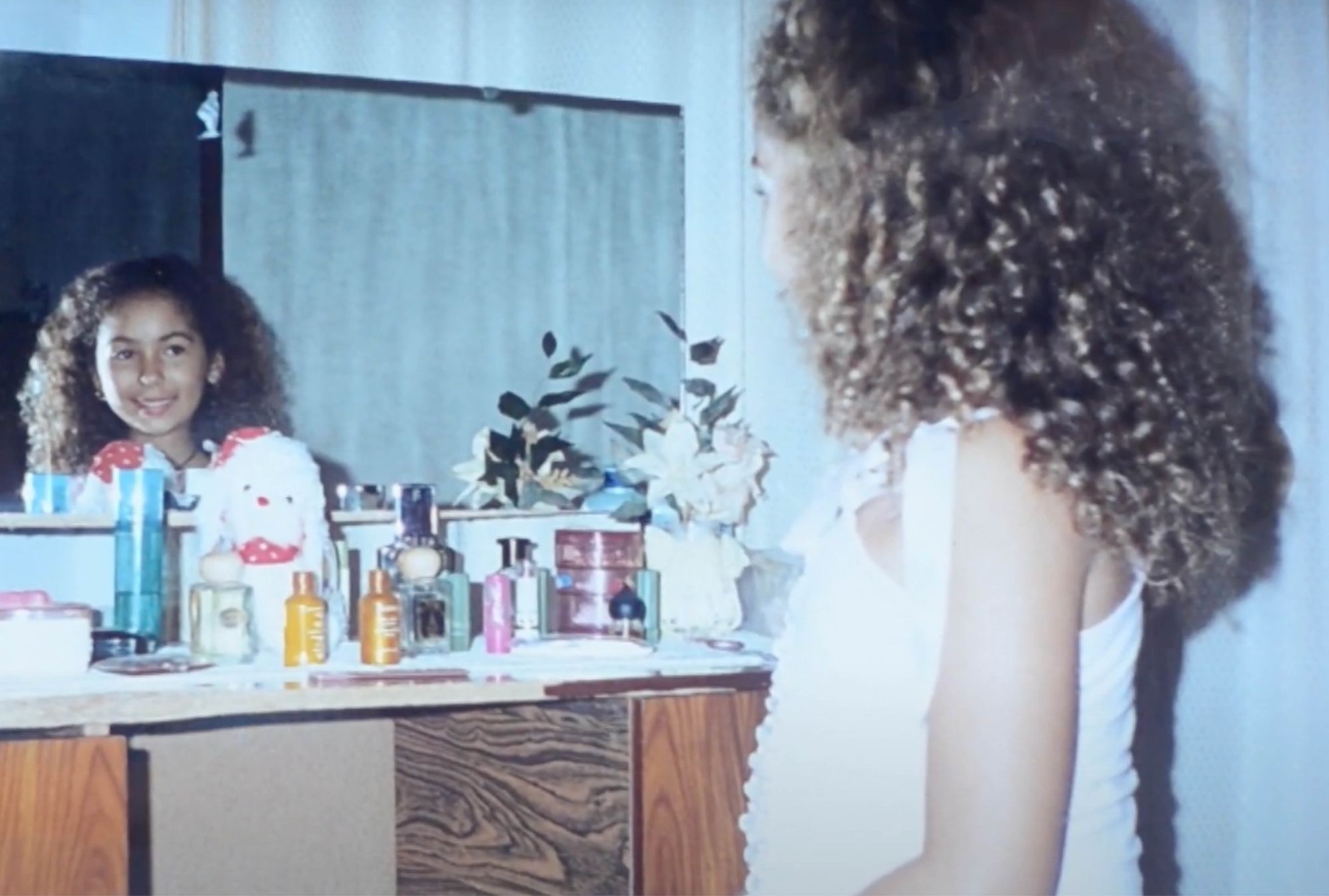
“Where are you from?”
Even when posed inquisitively, unassumingly—this has always been my least favorite question to answer. I have lived my whole life in the UAE, a country with almost 200 nationalities. Here, it is common to ask where someone is from. I myself am always interested in learning about other people’s heritages, cultures and beliefs. So why does this question make me feel so uncomfortable?
My entire life I’ve stated that I am Syrian, even though I am not. I’m half Adygea, half Daghstani, born in Syria, and raised in the UAE. I come from a family of emigrants, and I remain an emigrant—I have no land to call home. Most people I have encountered do not know of Adygea, Dagestan, or even the Caucasus.
“History is never a one-sided story; it is a complex thread of narratives and vulnerabilities intertwining, making it challenging to navigate.”
History is never a one-sided story; it is a complex thread of narratives and vulnerabilities intertwining, making it challenging to navigate. I started writing this essay with mixed feelings of curiosity and fear. I wanted to research my family’s history, but my anxious brain kept getting attacked by “historical facts”—names, dates, words, and self-imposed expectations.
How do you write about a “national” identity that has roots, histories and memories entangled in the violent extraction of its people from their homeland? How do you write about an identity when its land’s indigenous people are scattered like broken beads? What are the “national” identity markers that make people feel connected to a homeland that no longer exists?
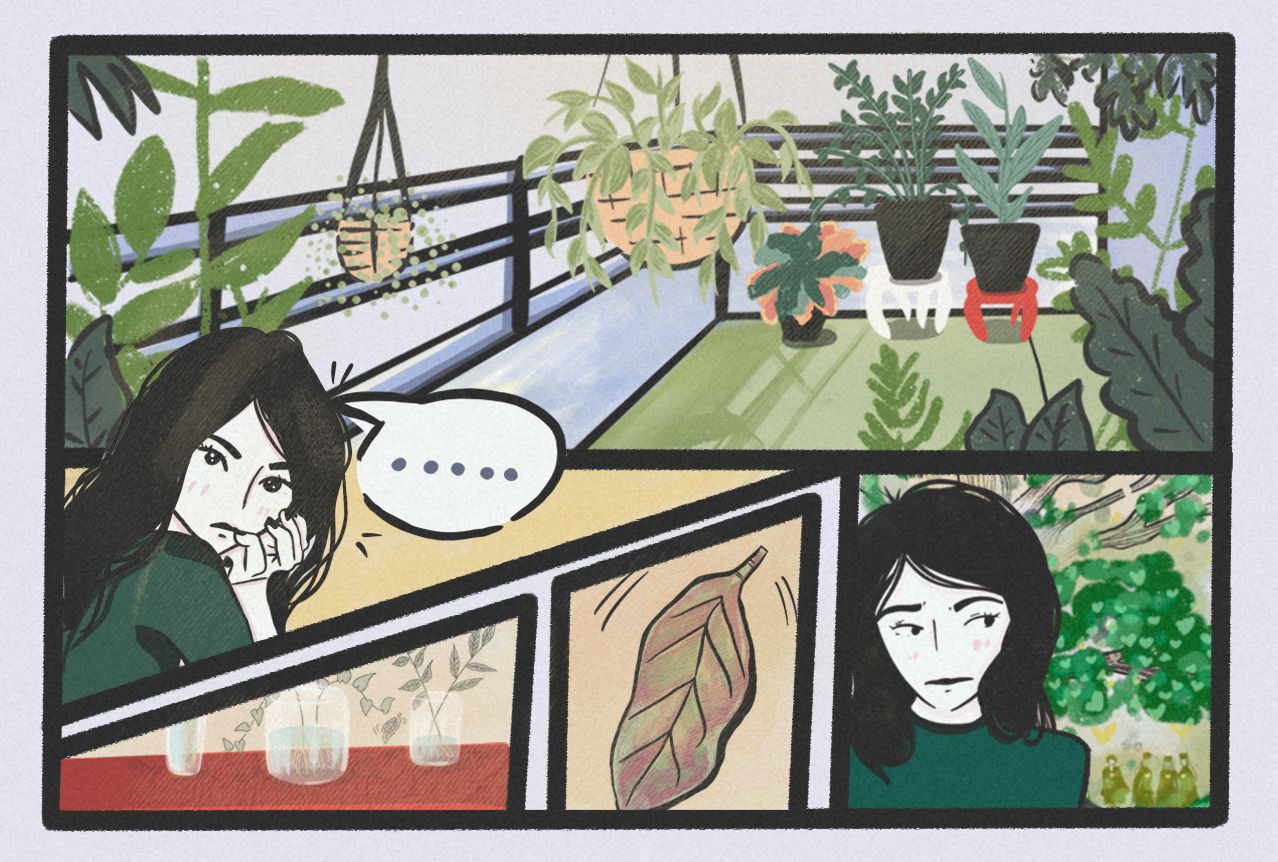
Heavy thoughts loom in my head. When I need to slow down my overwhelmed mind, my narrow balcony is usually my go-to safe space. My cheeks lean towards my left hand; I let out a sigh, and stare blankly at the laptop screen in front of me. I need support.
I hear a muffled swish sound. My eyes try to track the origin of the sound. Ah! My Chinese Croton dropped a yellow leaf beside one of the propagation jars. As I look at the leaf, a thought crosses my mind: propagation is not a kind process. Cutting a leaf with a sharp tool, forcefully separating it from its mother, exposing it to a few minutes of lack of nutrition, gasping, until it is placed in water and forced to adapt to a new environment. That’s it: I forced a young leaf into a disconnected destiny out of selfishness and ignorance; both the orphaned leaf and its mother will carry the scar of the cut forever.
Chinese Croton, otherwise known as Excoecaria Cochinchinensis, is one of my favorite plants, for it contains a mix of different shades and hues of greens and magenta—its leaves change colors depending on how much light it receives. I placed the cutting in water for the propagated Excoecaria to send out roots. The next day, the propagated plant went through a drastic shock: it welted and dropped all of its mature leaves, leaving only the new baby leaves. As days passed, the propagated Excoecaria started growing small roots to nurture its baby leaves.
When a plant is propagated, it creates new roots to survive, but those are smaller in comparison to the mother plant. Also, its leaves and the colors are similar to the mother plant, but the trunk is shorter, twisting and curving upwards to find its own path towards the sunlight. Plant propagating feels rewarding. I always feel ecstatic to multiply my plants, witnessing them grow and adapt to their new environment.
In a similar vein, a war is a crucial propagation method—except the reason is not to multiply, but to cut people out of their homeland and leave them gasping for survival.
Hakwj and Wo Nagwa
Let me share with you what I know of my homeland; the legend that has propagated. There were two born of one mother. The first was called Hakwj and the second was called Wo Nagwa. Like any first-born child, Hakwj was responsible and reliable, while Wo Nagwa was warm, loved to tell stories and make people laugh. At a very young age, they were both told that their role was to connect people based on respect, kindness, and care. Centuries went by, and many connections were made. Wo Nagwa gathered people from different languages, religions, traditions and cultures; meanwhile, Hakwj gave them a forest to sing, mountains to challenge, rivers and seas to dance around, and four seasons to carry their dreams and memories. They created a home and called it the Caucasus.
Within the two lands lived goddesses, demons, forests, spirits, heroes, fortune-tellers, sorcerers, children, mothers, fathers, storytellers, poets and dancers. Among them were the Narts, a people who lived in the Northern part of the Caucasus between forests and the valleys of the Kubina and the Indzhig rivers. The Narts were eternally connected to Wo Nagwa and Hakwj through three goddesses: Lady Tree, Lady Nart and Lady Setenaya. Lady Tree connected the Narts to the natural world; her roots reached deep into the earth where life sprung from, and her branches reached up into the skies communicating with heavens and celestial powers. A symbol of beauty, intelligence and foresight, Lady Setenaya was their great mother and their leader. On the other hand, Lady Nart was one of the women fighters, an amzān, who rode her horse and fought next to the Narts.
The three goddesses’ favorite time of day was the sunset, when stars emerge like a speckle of glitter. The Narts would usually gather around them to share stories from their day. First, they raise a toast.
Our god,
Theghelej,
Lord of wonder,
We pray thee: multiply our harvest!
Nill our work to be toilsome
May we live in clover,
May we be able to do charity,
May our forge give us joy,
Our small fortunes
Will them to multiply!
Taken from: Amjad Jaimoukha, Circassian culture and folklore
Warmth is deeply needed in the cold Caucasus. The meal currently known as Natrifips is a traditional corn soup that was originally prepared in a functional but heavy hanging cast iron pot called Zhigwn, which functioned as a slow-cooking device. Most importantly, it allowed the Narts to share the meal with many people, while the smoke from the pot would signal others to join.
While the soup cooked, stories were told, laughter echoed, and fire gently hissed at the wind. Batraz, the greatest warrior of the Narts, started narrating the story of how his people chose to live humbly and in small numbers. He said:
The Narts were visited by a passing swallow. It gave them two options to choose from: Do they want to live a short life but have great fame and courage, or to live in great numbers without knowing battle?
Without giving it any thought, the Narts chanted together:
If our lives are to be short,
Then let our fame be great!
Let us not depart from truth!
Let fairness be our path!
Let us not know grief!
Let us live in freedom!
Taken from: Nart Sagas, Ancient Myths and Legends of the Circassians and the Abkhazians
The North Caucasus region is enclosed by the passage of the Azov Sea and the shores of the Black Sea from the West, the Kuban River bank and the Eastern end of the Caspian Sea from the North, and the current-day borders of Mount Elbrus with Georgia from the South. Whoever lived in that region was labeled as a “Circassian.”
Nations such as Adygea, Abkhazia, Dagestan, Chechen and Avar all used the term “Circassian” to designate the indigenous people living in the North Caucasus. The name’s origin allegedly goes back to the 13th century, when Mongols were fighting their way through the Caucasus destroying many of its civilizations. Their campaign was not easy, which is why they named the natives “Jerkes” which means “one that blocks the road.” The naming took new forms as new settlers invited themselves into the Northern Caucasus. Later, Russia labeled them “Cherkes” while the Ottoman empire referred to them as “Çerkeş.” Nowadays, they are known as الشركس or Circassians.
The identity of the North Caucasus relied on tribes that lived in villages. The name “Circassian” shifted as tribes moved, and somehow landed to describe whoever belonged to Adygea. There were 12 major tribes within the Adygea republic including Ubykhs, Abdzakh, Besleney, Bzhedug, Hatuqwai, Kabardian, Mamkheg, Natukhai, Shapsug, Temirgoy, Yegeruqwai and Zhaney.
“The Caucasus’ strategic position led multiple powers such as the Mongols, Ottoman Empire, Persia and Russia to attempt to occupy the land.”
Rich in natural resources, the Caucasus connected West Asia to Europe from the Black Sea. Its strategic position led multiple powers such as the Mongols, Ottoman Empire, Persia and Russia to attempt to occupy the land. The Mongols destroyed the Circassian land back in the 13th Century. In the 1770s, Catherine decided that the lands of northeastern shores of the Black Sea should belong to Russia. Her actions started the Russo-Circassian war. Because of the constant exposure to invasions and the need to defend their home, Circassians were forced to educate their children to become tough warriors. As noted by the historian Aibek Napso, who works at the Circassian Heritage Center in Kfar Kama in Palestine, many families were used to sending their kids, at the age of seven, to a foster family (usually a nearby tribe) to raise them as warriors, and at the age of 14, the child would return and be considered a responsible adult.
The Exile Story
Perhaps my attachment to my plants goes back to Lady Tree, to my ancestors, and to the land I was supposed to call home. Lady Tree is a sensitive, compassionate goddess. She has been living in the Caucasus for as long as nature has existed, witnessing humanity’s growth and death, and changes in cultures and beliefs. Thousands of years ago, during the animism years of the Caucasus, Lady Tree was worshiped along with Lady Setenaya and Lady Nart-Sana. It was believed that souls resided in everything, and that nature was as alive as the North Caucasians. The Narts had a unique connection to Lady Tree. Despite their epic duels and shenanigans, they respected her boundaries; they never harmed her trees, and never took more than what they needed.
Lady Tree’s favorite time of the day is early in the morning, when the forest is still foggy, cold and mysterious, and the Narts head out while chanting and whispering melodies in unison. She specifically loved how their energetic and deep rhythms echoed between her forest trees and rivers. Their songs carried stories across generations, and their dances and chants are forms of gratitude, spirituality, connection, and reflection.
She still remembers the first Nart with whom she ever danced. It was a warm night at the end of winter, and her branches were starting to grow various leaves. She heard a whisper, which grew louder as it approached her. The Nart wore a white beshment (tight kaftan) top covered with a cherkesska (tight outer garment that looks like a jacket) both held with a silver belt, a kalpak covering his head and tight leather boots. Lady Tree moved her branches ever so softly to his chants, and the Nart slowed down his steps. He moved closer to her, and both joined in a princess-like dance called Qafa: spinning around each other, and getting closer for a split second before receding. Lady Tree does not remember how long they danced, but remembers feeling light and happy, that space and time were no longer limited.
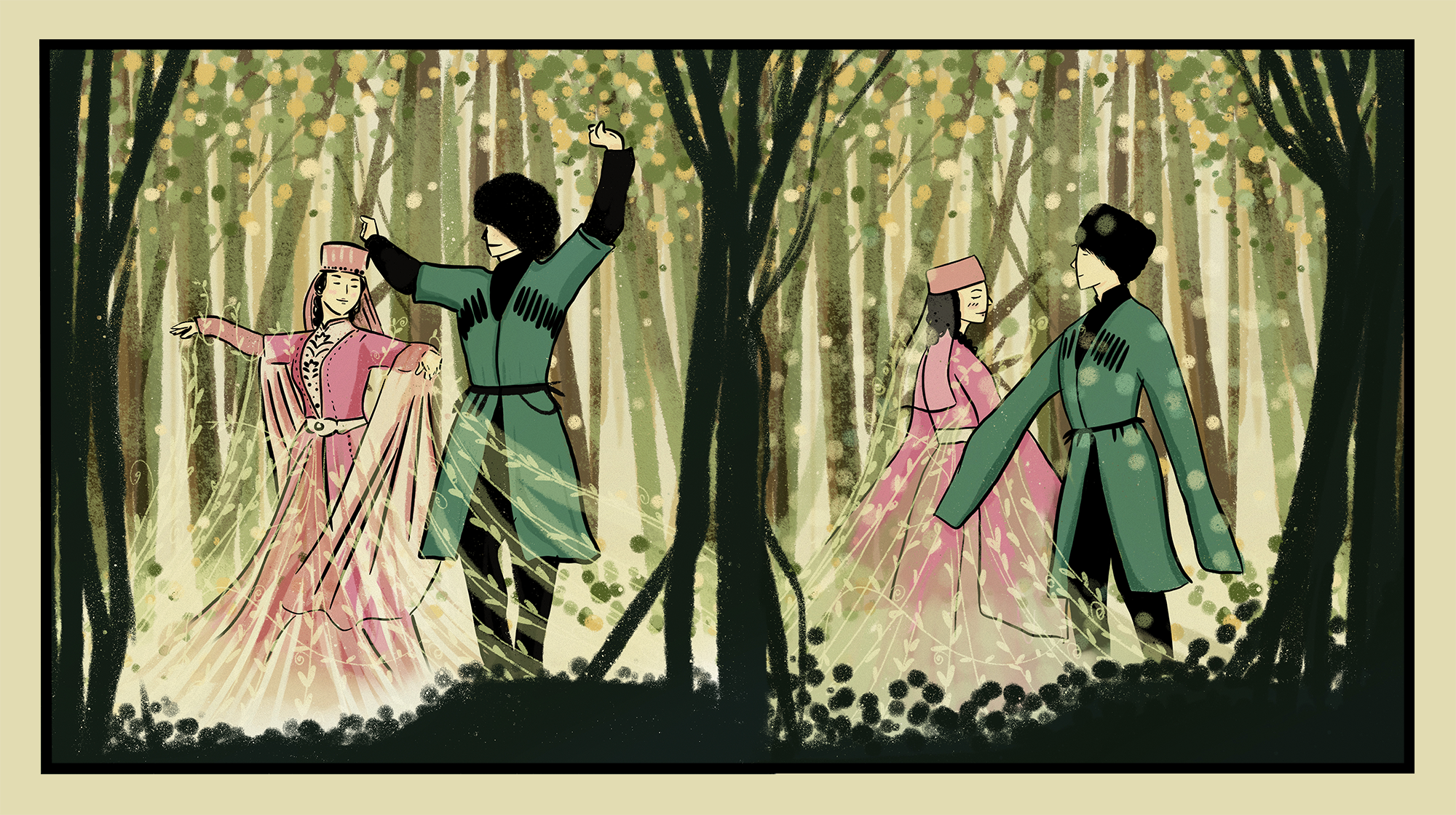
Unfortunately, time did not stop. A few years later, the Swallow returned, bringing with it an unwanted guest—one that would turn Lady Tree’s Forest into a red bloody meadow: the Russian Empire. Before they came, the Narts were tolerant to other religions that passed through their lands. They were strongly connected to Hakwj, Wo Nagwa, and their ancestors, and that pushed them to fight anything that threatened their connection and loyalty to the Caucasus, forcing the unwanted guest to use extermination as a tool. The mass murder and ethnic cleansing forced the Narts to emigrate. Lady Nart-Sana and her amzān warriors fought alongside the Narts.
Pale, tired and in torn fabrics, the Narts sang while they were being shipped to Trabzon. They whispered one last time to what has been left from their Hakwj, Wo Nagwa and their goddesses:
Old Adiga Banner,
Ruffled by the wind,
The account of our lives
Who shall carry to thee?
Alas, they are herding us to Istanbul!
The pain of injustice
The story of the North Caucasus is scarred by humanity’s greed, which led to not one but multiple forced emigrations. Circassians were condemned by the Ottoman Empire, the Russian Empire, and the Soviet Union to live disconnected from one another and their land. According to the historian Aibek Napso, what happened at the Black Sea shores in the aftermath of the Russo-Circassian War (1763–1864) was horrifying. Whoever was still alive was put on different ships that belonged to Russia, the Ottoman Empire, and random pirates. Captains were paid based on the number of heads they fit into their ships. Many of them boarded over 300 people when their ship could only carry 40 or 60 people, and their greed caused many ships to sink. To this day, many Circassians living in the homeland abstain from eating fish, as they believe it contains the remains of their ancestors.
When the ships reached the Ottoman Empire, Circassians were divided and forced to live in different borderline locations. This way, if anyone were to attack the Empire, they would first have to face Circassians. One of the borderline locations was the Balkan, but in 1878 the Ottoman Empire lost its battle against the Russians, forcing the Empire to withdraw from the Balkan region, taking with them the remaining Circassians. The last was sent to Lebanon, Syria, Palestine and Jordan. Rehaniya, Kfar Kamaa and Mazeh were some of the cities that homed the remaining of the diasporic Circassians of the time.
“The Circassians [...] hold no passports nor any form of official identification that would link them back to their native land. All that they’ve managed to hold on to is the pain of injustice, the pride of a Circassian, the stories of hope, next to family names and their parents’ romantic dreams of going back.”
Rehaniya was the smallest village and home to 60 families, most were from Abzakh tribes—nowadays, it contains around 1300 Circassians. Kfar Kamaa homed 300 families from Shapsug, Bzhedug, Natukhai, Hatukhai and some Abzakh. The first generation of Circassian immigrants did not know Kfar Kamaa’s weather, so they behaved as if they were still living in the Northern Caucasus, building houses more suitable for the cold winter days. They also had to adjust their careers from hunters and shepherds to farmers.
In the 20th century, communism and the economy made it difficult for the diaspora to return or have any sort of communication with their homeland. Most recently, the diaspora living in Syria had to go through the fourth deportation, destined forever to become a minority among a minority. Today, the people of the North Caucasus live scattered all over the five continents—only one-tenth of the population still lives on a small piece of land that can be described as a fraction of historical Circassia. They carry nationalities that are not theirs; they hold no passports nor any form of official identification that would link them back to their native land. All that they’ve managed to hold on to is the pain of injustice, the pride of a Circassian, the stories of hope, next to family names and their parents’ romantic dreams of going back.
“For a language to keep breathing, one must continue using it. [...] Our language was mainly oral, and written literature only started appearing 60 years after the 1864 Circassian genocide.”
Ever since I started writing this essay, I have met several Circassians. One of them was Jonty Yamesha, founder of the language learning platform OptiLingo. Growing up in the United States, his grandparents spoke in Circassian, but he only spoke English—two generations grew up not being able to communicate with one another. As an adult, Jonty realized that our language was on the verge of extinction. Understanding that for a language to keep breathing, one must continue using it, at the age of 30, Jonty started a journey of teaching himself Circassian by creating his materials and methodologies. He also produced an animated YouTube Series called “Little Aslan” to keep the language alive. As our conversation neared its end, I asked: “Why is our language so fragile?” According to him, our language was mainly oral, and written literature only started appearing 60 years after the 1864 Circassian genocide. Survivors also considered themselves as losers of war, and in an uncertain environment, they needed to blend in to avoid deportation—this meant speaking the new language, and avoiding their own.
Re-learning a nearly extinct language requires a huge effort, but despite the difficulties, it allowed Jonty to reconnect to his story and keep his past alive, and it was a way for him to reconnect to a missing piece in his own heart. Now, Jonty’s kids are being taught Circassian as their primary language.
Living between borders
My entire life, I’ve had to obey what my passport labeled me, erasing my true ethnicity repeatedly. I fill up registration forms again and again: Syrian. Not that I dislike being Syrian—on the contrary, I have many sweet childhood memories—playing hide and seek in my uncle’s old house, visiting old castles with family members, the street vendors’ music, the daily ice cream trips, the walks in the Tree Street ( شارع الشجر ), and so much more. But my sadness comes from having to limit my story and my ancestors to a small box in a rectangular piece of paper.
“When you are forced out of your homeland, your true home will no longer be a piece of land—your home is where your family is.”
My entire life, I’ve had to pull out maps showing where the Caucasus is located. I had to correct others who said that the term “Caucasian” signifies being a descendant from the Caucasus, and not a synonym for white supremacy. My entire life I’ve heard stories of nostalgia, I’ve yearned for lands covered with mountains and forests, I’ve reminisced about a dying culture, hearing stories of adaptation and struggles in exile. My entire life, I’ve had to answer to: “But where is home?” When you are forced out of your homeland, your true home will no longer be a piece of land—your home is where your family is.
The process of researching and writing this essay allowed me to meet many people. Every meeting sparked conversation, stories and reflections in my own household. I attended a community gathering for the first time, and was asked to try dancing Qafa (princess-like dance). I never thought I would ever get a chance to learn how to dance, as I absolutely fear being in the center of anything! The accordion sound filled the air, and my footsteps never followed the rhythm—but I just giggled and enjoyed the experience. There is a connection and a familiarity that sparks whenever Circassians meet—one that was formed because of our remanences. Each one of us carries traces of the Narts, Hakwj (homeland), Wo Nagwa (family), and the Goddesses.
When God was creating the world, he carried all the mountains in a bag. The devil started getting jealous, so he slit a hole in the bag. This caused the mountains to fall in one place between the Caspian and the Black Sea. God informed the devil: “You will not be able to harm whoever lives in this land because life will now be hard for them as it is.
I must have heard this story from my mother, or perhaps in a Circassian community gathering. It has always sounded familiar to me. Perhaps my mind recognizes the inherited struggles, the ones that were passed on across generations.
After a lifetime of struggling with the question “Where are you from?,” I now enjoy the puzzled expressions whenever I finish introducing myself. Because from now on, I have decided to answer by simply saying: “I’m half Adygea, half Daghstani, born in Syria, and raised in the UAE.” They all deserve their weight, their space, their voice. Each one of these identities is part of the story that made Heba.
Heba Daghistani (she/her) is half Circassian/half Daghstani born in Syria and raised in the UAE. She studied Graphic Design in the University of Sharjah. Her practice focuses on questioning social stigmas through research, design and storytelling.
Title image: Illustration by Heba Daghistani.
This text was produced as part of the Against the Grain fellowship.

